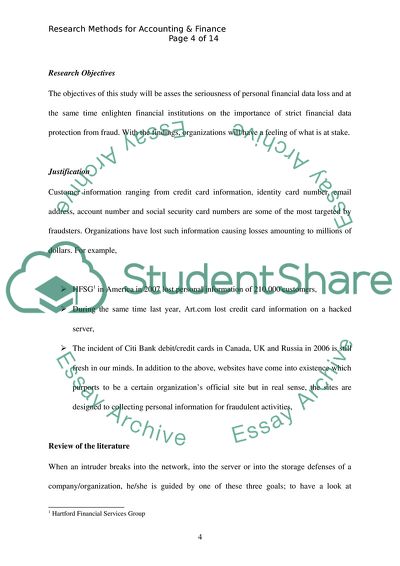Cite this document
(Effects of Financial Data Loss and How Organizations Gear Towards Safe Research Proposal, n.d.)
Effects of Financial Data Loss and How Organizations Gear Towards Safe Research Proposal. https://studentshare.org/information-technology/1713112-research-methods-for-accounting-finance
Effects of Financial Data Loss and How Organizations Gear Towards Safe Research Proposal. https://studentshare.org/information-technology/1713112-research-methods-for-accounting-finance
(Effects of Financial Data Loss and How Organizations Gear Towards Safe Research Proposal)
Effects of Financial Data Loss and How Organizations Gear Towards Safe Research Proposal. https://studentshare.org/information-technology/1713112-research-methods-for-accounting-finance.
Effects of Financial Data Loss and How Organizations Gear Towards Safe Research Proposal. https://studentshare.org/information-technology/1713112-research-methods-for-accounting-finance.
“Effects of Financial Data Loss and How Organizations Gear Towards Safe Research Proposal”. https://studentshare.org/information-technology/1713112-research-methods-for-accounting-finance.


